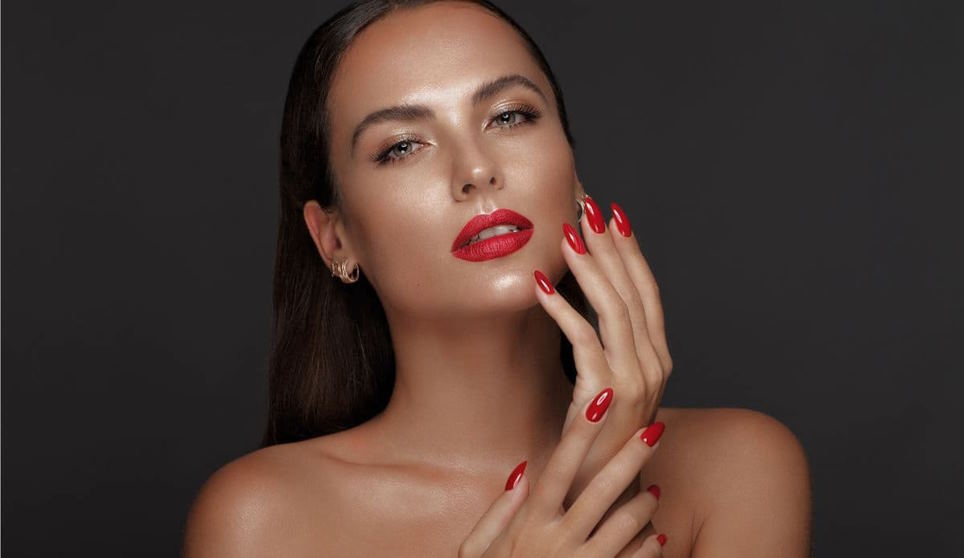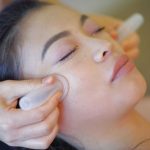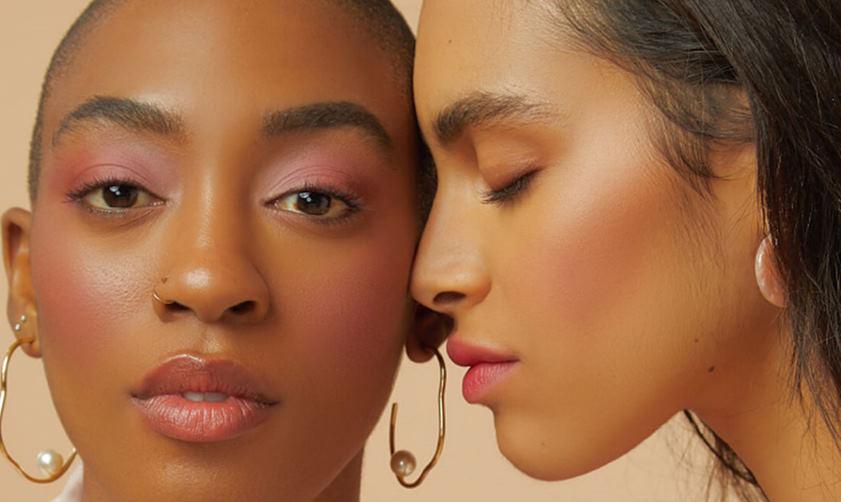Makeup has the incredible ability to transform our appearance and boost our confidence. Whether it’s a bold lip or a smoky eye, the colors we choose can make all the difference in how we feel and how we are perceived. While many of us tend to stick to classic shades like red, pink, and brown, there is a whole world of unconventional colors out there waiting to be explored. From bright blues to deep purples, these hues can add a unique and unexpected element to your makeup looks. In this blog post, we’ll explore the power of color and share tips on how to incorporate unconventional shades into your beauty routine. Get ready to unleash your inner artist and embrace the unexpected!
The Psychology of Makeup Color
Color is a powerful tool in the world of makeup. Not only can it enhance our natural features, but it can also affect our mood and emotions. Understanding the psychology of color is key to using it effectively in makeup.
Colors can evoke different emotions and moods. For example, red is associated with passion, energy, and excitement, while blue is often linked to calmness, serenity, and trust. By understanding these associations, we can use color to our advantage in creating makeup looks that express our desired emotions.
The color wheel is an essential tool in understanding the psychology of color. It is made up of primary, secondary, and tertiary colors and is used to create color schemes. Different color schemes can evoke different moods and emotions. For example, analogous colors, which are colors next to each other on the color wheel, can create a sense of harmony and calmness, while complementary colors, which are opposite each other on the color wheel, can create a sense of excitement and energy.
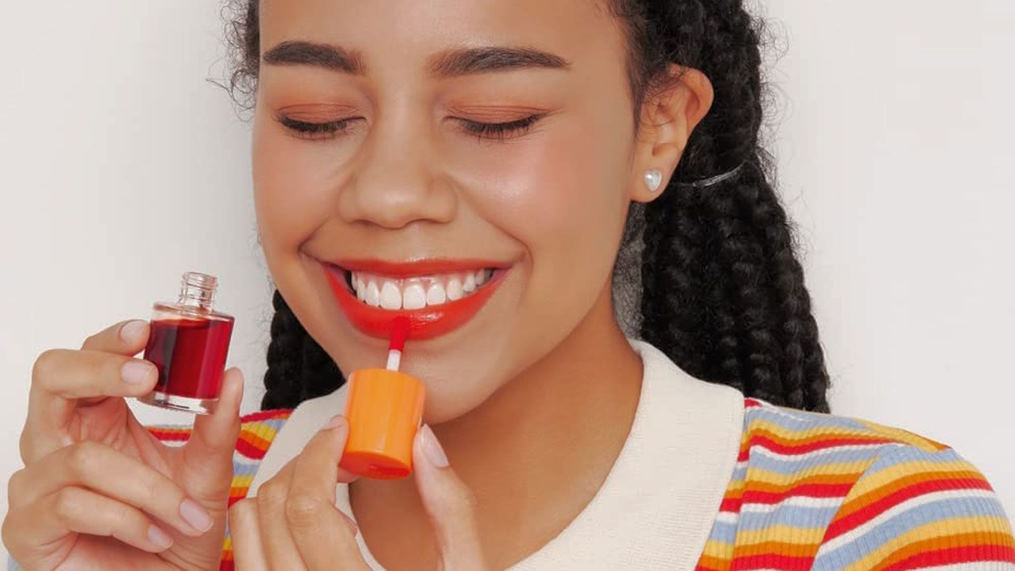
In makeup, the color wheel can be used to create a variety of looks, from subtle to bold. By understanding the color wheel, we can create a cohesive look that enhances our natural features and expresses our desired emotions.
Overall, understanding the psychology of color is crucial in creating effective makeup looks. By using color to our advantage, we can express ourselves in new and exciting ways. So the next time you’re choosing your makeup colors, consider the emotions and moods they evoke and use them to create a look that truly expresses who you are.
Tips for Using Unconventional Colors in Makeup
Unconventional colors can add a pop of excitement to any makeup look. However, using them incorrectly can result in a clownish or garish appearance. Here are some tips to help you use unconventional colors in your makeup looks effectively.
A. Explanation of how to properly use unconventional colors in makeup to avoid looking clownish or garish
- Start small: If you’re new to using unconventional colors, start with a small amount and build up gradually.
- Balance it out: Use unconventional colors in moderation, pairing them with neutral or traditional colors to create a balanced look.
- Pay attention to undertones: Ensure that the unconventional color you’re using has the right undertones for your skin tone. This will help prevent a clash with your natural skin color.
B. Tips for pairing unconventional colors with traditional colors
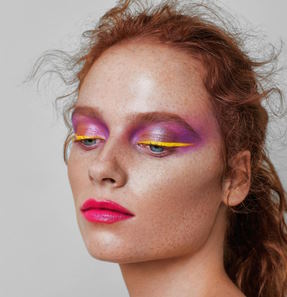 Use complementary colors: Pair unconventional colors with complementary traditional colors to create a balanced look. For example, green and pink, or purple and yellow.
Use complementary colors: Pair unconventional colors with complementary traditional colors to create a balanced look. For example, green and pink, or purple and yellow.- Use similar tones: Pair unconventional colors with traditional colors that have similar tones. This will help create a cohesive look. For example, a pink eyeshadow with a red lipstick.
- Use as an accent: Use unconventional colors as an accent to traditional colors. For example, a pop of blue eyeliner with a neutral eyeshadow.
C. Tips for creating a cohesive look with unconventional colors
- Use the color wheel: Use the color wheel to create a cohesive look. Pair unconventional colors with traditional colors that are adjacent or opposite on the color wheel.
- Blend well: Ensure that the unconventional color is blended well with the rest of the makeup. This will help create a seamless look.
- Consider the occasion: Use unconventional colors that are appropriate for the occasion. For example, a bold and bright look may not be suitable for a professional setting.
In conclusion, using unconventional colors in makeup can add a fun and exciting twist to your look. By following these tips, you can ensure that you use unconventional colors in a way that enhances your natural features and creates a cohesive look.

